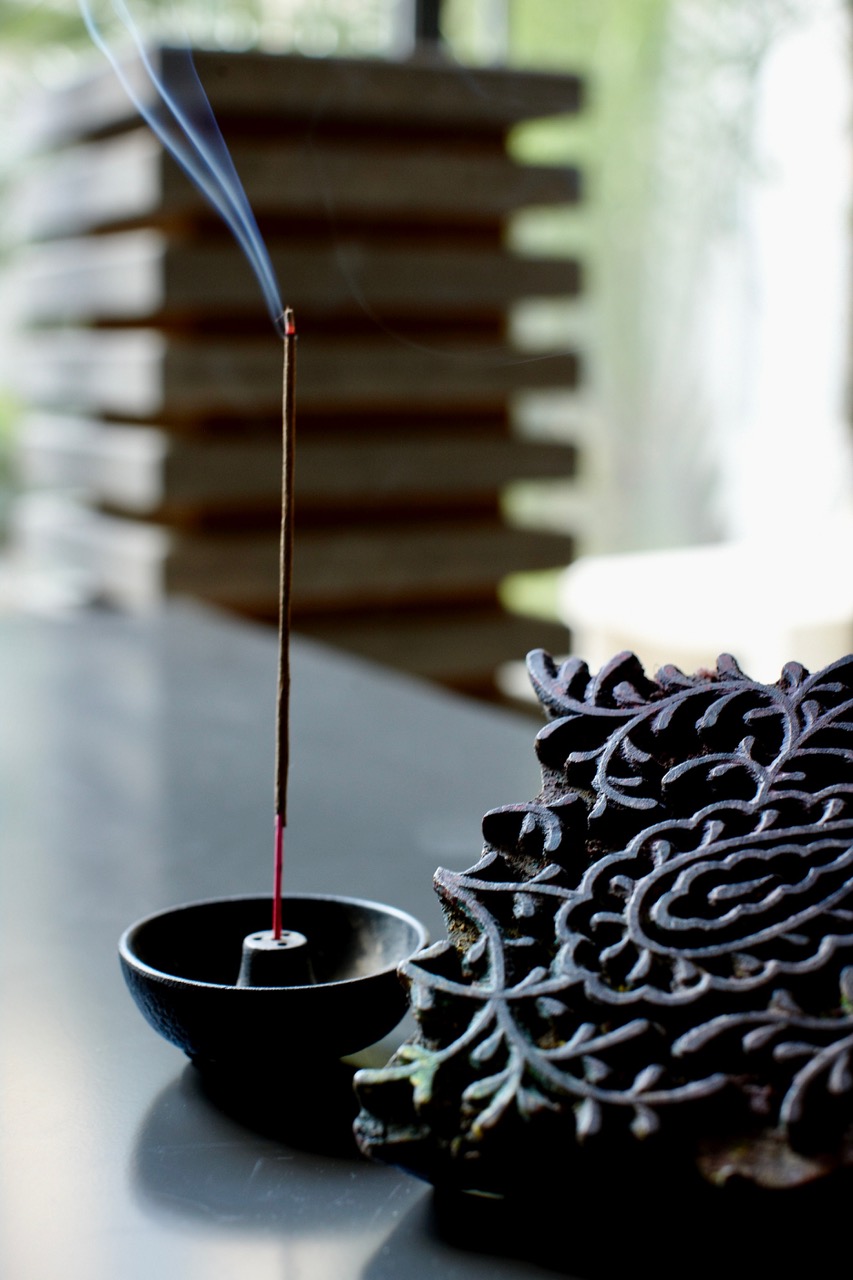“How does Vedic Meditation differ from mindfulness?”.
This is a question that often comes up because these days many people have tried some form of mindfulness practice – either on an app or via a guided meditation.
Vedic Meditation and mindfulness are very different practices.
Let’s start with what it means to be mindful.
Here’s a definition from a popular mindfulness app:
“Mindfulness is the quality of being present and fully engaged with whatever we’re doing at the moment — free from distraction or judgment, and aware of our thoughts and feelings without getting caught up in them.”
The description of this state is a good one. All these qualities are desirable. But how does one get there?
We know many mindfulness practitioners who describe a variety of different approaches. Some are done while walking, others sitting quietly and others are practised while engaged in an activity, like washing the dishes. They all involve monitoring whatever’s happening with the aim of staying in the present moment.
Notice how the body feels, the contact point of the feet with the ground, the feel of the air on the skin, watch the breath and observe thoughts as they float through the mind. Try not to drift into the past or begin planning and speculating about the future.
While this all sounds good, people who try it often report it being hard work. It takes effort to hold the attention in this way.
Mindfulness practices require some effort.
Thoughts may settle down to some degree, but the mind is still engaged in thinking. And when the mind is thinking, then the body is prevented from resting deeply.
Vedic Meditation takes you deeper – beyond thinking.
This is very different to the automatic self-transcending practice of Vedic Meditation that we teach. In Vedic Meditation we effortlessly step beyond the mind to experience the baseline of consciousness – the inner source of all your thinking and creative potential.
When the mind settles down to this fundamental state, then the body follows. Within minutes the meditator is resting in a profound way – much deeper than ordinary sleep. It’s this deep rest that allows the mind and body to heal and purify out deep stress and tiredness rapidly.
Rather than being a practice of trying to stay in the moment, in Vedic Meditation we systematically and effortlessly remove the obstructions (ie stress and tiredness) that block our capacity to be fully awake and present.
Then, having dissolved those blockages during meditation, you come out more available to perceive what’s actually going on. You’re more mindful.
In this way, present moment awareness is an outcome of meditation.
